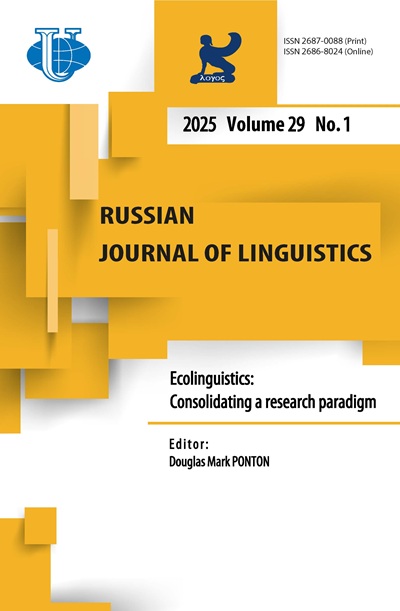Abstract
This article represents the analysis of American modern political discourse, mainly the field connected with the pre-election campaign 2016. It explores primary genres of political discourse (speeches, announcements, debates, party programmes), as well as secondary genres (commentaries, discussions, interpretation, political interviews). Owing to the fact that political communication embraces the whole range of informal political processes in society, the field of research includes the so-called informal political socializing. The aim of the paper is to study the use of irony and its functions in political discourse. The data used for the study were taken from candidates’ speeches, interviews with political and public figures, and recent witty sayings/comments. The study is based on the theory of critical discourse analysis (M. Bilig 2007, Teun A. van Dijk 2009, N. Fairclough 1996, P. Graham 2007, J. Lemke 2007, S. Scollon 2007), political discourse analysis (A. Beard 2001, D. Ponton 2011 etc.) and theory of irony (L. Alba-Juez 2014, S. Attardo 2007, R. Giora 2001, 2003, L. Hutcheon 2005, B. Komlosi 2010 etc.). The analysis showed that irony is a frequent communicative strategy used by politicians in pre-election campaigns, it performs different functions, such as aggression, defense, entertainment and some others and plays a positive role in commucation with the audience. When used expertly, irony contributes to making political discourse more expressive and convincing. An ironic politician is a better manipulator of public opinion than one unable to use irony.

















